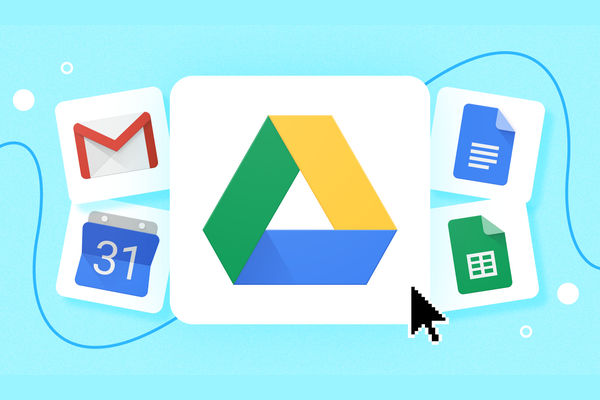Cloud storage has become an indispensable tool for individuals and businesses alike. Two of the most popular options are Dropbox and Google Drive. Both offer a range of features and benefits, but which one is the best fit for your needs? In this article, we’ll compare Dropbox and Google Drive across various categories such as features, pricing, security, and more, to help you make an informed decision.
Table of Contents
Dropbox vs Google Drive: Features, Pricing & More
When choosing between Dropbox and Google Drive, it’s important to consider various factors such as free storage, pricing, file size limits, collaboration tools, security features, and mobile app functionality. Let’s compare these aspects side by side:
| Feature | Dropbox | Google Drive |
| Free Storage | 2 GB | 15 GB (shared with other Google services) |
| Pricing | Starts at $11.99/month for 2 TB | Starts at $1.99/month for 100 GB |
| File Size Limit | 50 GB | 5 TB (with certain file types) |
| File Sharing Options | Link sharing, shared folders, password protection | Link sharing, shared folders, access control |
| Collaboration | Real-time collaboration, comments, version history | Real-time collaboration, comments, version history |
| Security | Two-factor authentication, encryption at rest and in transit | Two-factor authentication, encryption at rest and in transit |
| Mobile App | iOS and Android | iOS and Android |
| Strengths | Seamless integration with Microsoft Office, Dropbox Paper for collaboration | Integration with Google Workspace, seamless file editing with Google Docs |
| Speed | Fast syncing and uploading | Fast syncing and uploading |
| File Browsing & Search | Intuitive interface, powerful search functionality | Integrated search with Google’s powerful search engine |
| Photo & Video Backup | Automatic photo and video uploads | Automatic photo and video uploads |
| File Recovery & Change History | File recovery within 30 days, extensive change history | File recovery within 30 days, extensive change history |
Features of Dropbox
- Dropbox offers 2 GB of free storage space.
- Link sharing, shared folders, and password protection.
- Real-time collaboration, comments, and version history.
- Two-factor authentication, encryption at rest and in transit.
- Available for iOS and Android devices.
- File recovery within 30 days, extensive change history.
Pricing: Various pricing tiers start at $11.99/month for 2 TB.
Features of Google Drive
- Google Drive offers 15 GB of free storage space.
- Real-time collaboration, comments, and version history.
- Two-factor authentication, encryption at rest and in transit.
- Available for iOS and Android devices.
- Integration with Google Workspace, seamless file editing with Google Docs.
- Fast syncing and uploading.
- Integrated search with Google’s powerful search engine.
- Automatic uploads for photos and videos.
Pricing: Various pricing tiers start at $1.99/month for 100 GB.
Also read: How to Get Transcript of Youtube Video in Simple Ways in 2024
Dropbox vs Google Drive: How to Choose the Right Platform
When choosing between Dropbox and Google Drive, consider your specific needs and preferences.
- Google Drive is ideal if:
- You are already invested in the Google ecosystem.
- Collaboration with Google Workspace tools is essential.
- You need more free storage and competitive pricing for higher storage tiers.
- Dropbox is ideal if:
- You prioritize advanced sharing and security features.
- Seamless integration with non-Google applications is important.
- You need superior syncing capabilities and additional tools like Dropbox Paper and Dropbox Transfer.
Both platforms offer free trials for their paid plans, so consider testing both to see which one fits your workflow and preferences better.
FAQs
Which cloud storage has more free space?
Google Drive offers 15 GB of free space, compared to Dropbox’s 2 GB.
Can I share files on Dropbox with people who don’t have an account?
Yes, Dropbox allows you to share files via links, even with users who don’t have a Dropbox account.
Is Google Drive better for collaboration?
Both Dropbox and Google Drive offer robust collaboration features, but Google Drive’s integration with Google Workspace may make it preferable for some users.
Is Dropbox more secure than Google Drive?
Both Dropbox and Google Drive offer strong security features, including two-factor authentication and encryption at rest and in transit. The choice may come down to personal preference and specific security needs.
Can I use both Dropbox and Google Drive?
Yes, you can use both Dropbox and Google Drive simultaneously to take advantage of their respective features and benefits.








